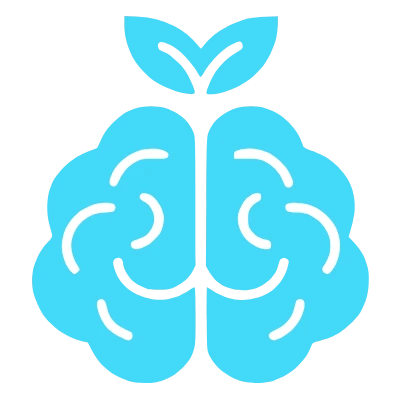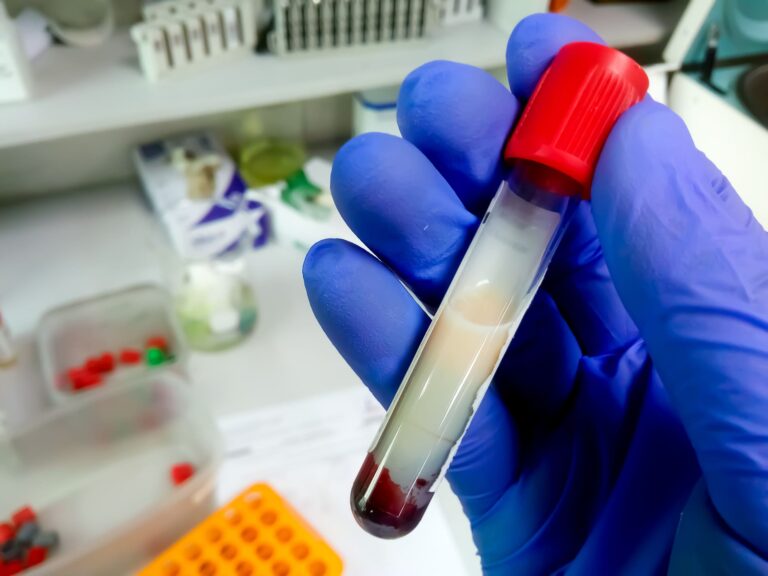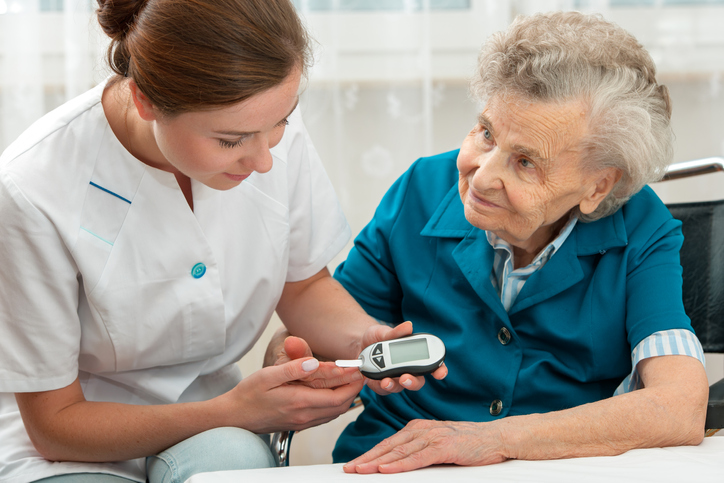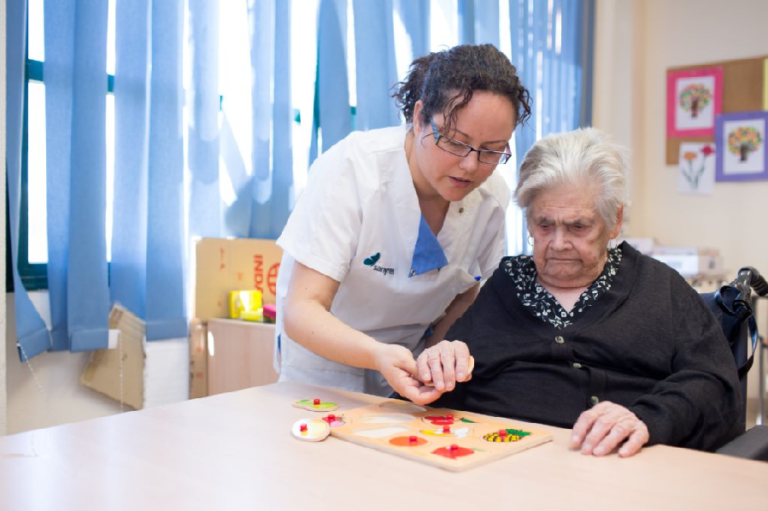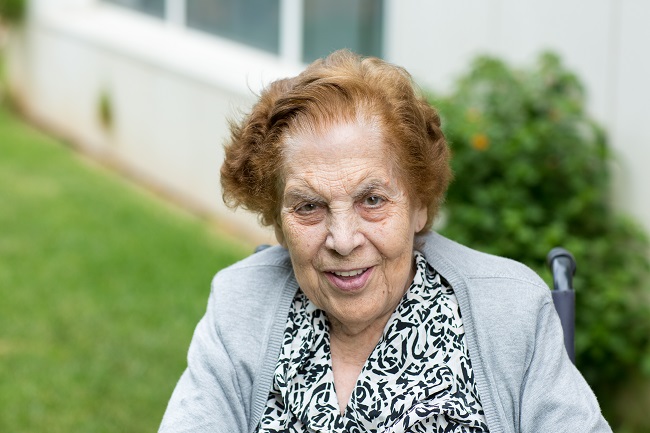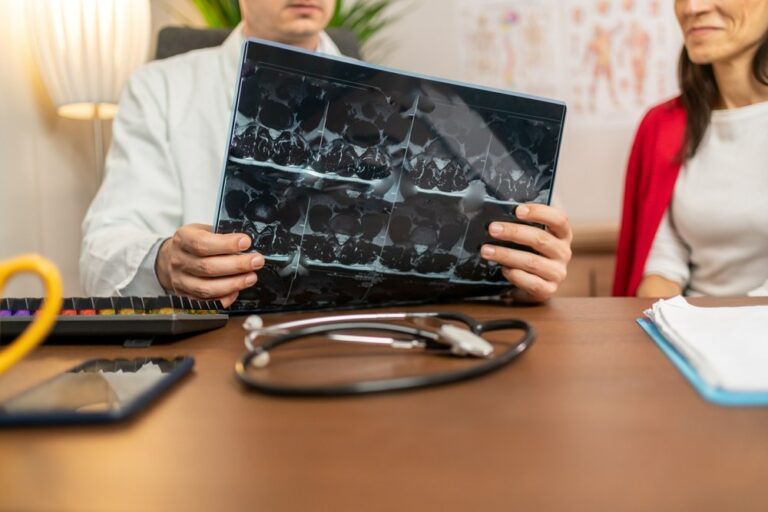Taking care of our health is essential at all stages of life. Especially in the elderly, where some health challenges may occur more frequently. One of them is stroke, also known as cerebrovascular accident (CVA), a condition that can have serious consequences for the health of older people.
In this article, we will focus on understanding what a stroke is and the symptoms that can alert us to its presence. Knowing these early signs can make the difference for timely diagnosis and treatment, helping to reduce the impact of this condition on the lives of our loved ones.
Join us as we explore the symptoms of stroke and how to act quickly to provide the right support to those who need it.
Stroke or cerebrovascular accidents in older people
A stroke, also known as a cerebrovascular accident, occurs when blood flow to a part of the brain is interrupted or reduced, depriving the brain of oxygen and nutrients. Within minutes, brain cells begin to die.
Strokes in older people are especially common due to certain conditions and age-related changes.
Causes of a stroke in older people or cerebrovascular accident
There are two main types of strokes: ischemic strokes, caused by clots or plaques that block blood flow, and hemorrhagic strokes, caused by bleeding in the brain.
In older people, risk factors for stroke include:
- hypertension.
- High cholesterol.
- Smoking.
- Diabetes.
- obesity.
- Heart diseases.
The risk of suffering a stroke may also increase with age, especially after age 65.
Symptoms of a stroke in older people
Symptoms of a stroke in older people can vary, but generally include the sudden onset of weakness or paralysis in one part of the body, usually on one side, problems speaking or understanding, blurred vision or loss of vision, severe headache with no known cause, dizziness, and problems with balance or coordination.
Prompt recognition of these symptoms and obtaining immediate medical attention are crucial to minimizing brain damage and increasing the chances of recovery.
Tips to prevent strokes in older people
Here are some tips to prevent it:
- Control your blood pressure: Hypertension is one of the most important risk factors for suffering a stroke. It is advisable to check your blood pressure regularly and take necessary measures if it is elevated.
- Maintain a balanced diet: Eating a healthy diet can reduce your risk of suffering a stroke. Try to incorporate more fruits, vegetables and whole grains into your diet and limit your consumption of saturated and trans fats, as well as salt and added sugars.
- Perform physical exercise regularly: Physical activity helps control weight, reduces blood pressure and improves overall cardiovascular health. Aim to do moderate exercise for at least 30 minutes a day, five days a week.
- Don’t smoke: If you smoke, do your best to quit. Tobacco increases the likelihood of suffering a stroke.
- Limit alcohol consumption: Excessive alcohol consumption can increase blood pressure and contribute to the development of atrial fibrillation, a type of arrhythmia that can cause stroke.
- Control cholesterol: A high level of cholesterol can contribute to the formation of clots in the arteries, increasing the risk of stroke. Maintain a diet low in saturated and trans fats, and have your cholesterol level checked regularly.
- Manage diabetes: Diabetes increases the risk of stroke. If you have diabetes, it is essential to keep your blood sugar levels under control.
- Maintain a healthy weight: Being overweight and obese increases the risk of suffering a stroke. Try to maintain a healthy weight through a balanced diet and regular physical activity.
- Visit the doctor regularly: Have regular medical checkups, especially if you have risk factors for stroke. Your doctor can help you better manage these factors and make the right decisions to maintain a healthy lifestyle.
How to act in case of stroke in the elderly?
If you suspect that an elderly person may be suffering from a stroke, it is vital to act quickly. Remember the acronym FAST (in English): F (Face), if the person’s face falls on one side; A (Arms), if you cannot raise both arms; S (Speech), if your speech is confusing or incomprehensible; and T (Time), if you see any of these signs, it is time to call emergency services immediately.
What are micro strokes or small strokes in older people?
Micro strokes, also known as small strokes in older people, are brief episodes of neurological symptoms caused by a lack of blood flow to the brain, spinal cord or retina.
Although the symptoms of these mini-strokes often disappear in a short period of time, they can be a warning sign of a full-blown stroke in the future and should be taken seriously.
As you see, early detection and treatment of stroke symptoms in older people can make a big difference in prognosis and recovery. Keep your loved ones safe by knowing the signs and symptoms of a stroke, and take preventive measures to reduce the risk.
